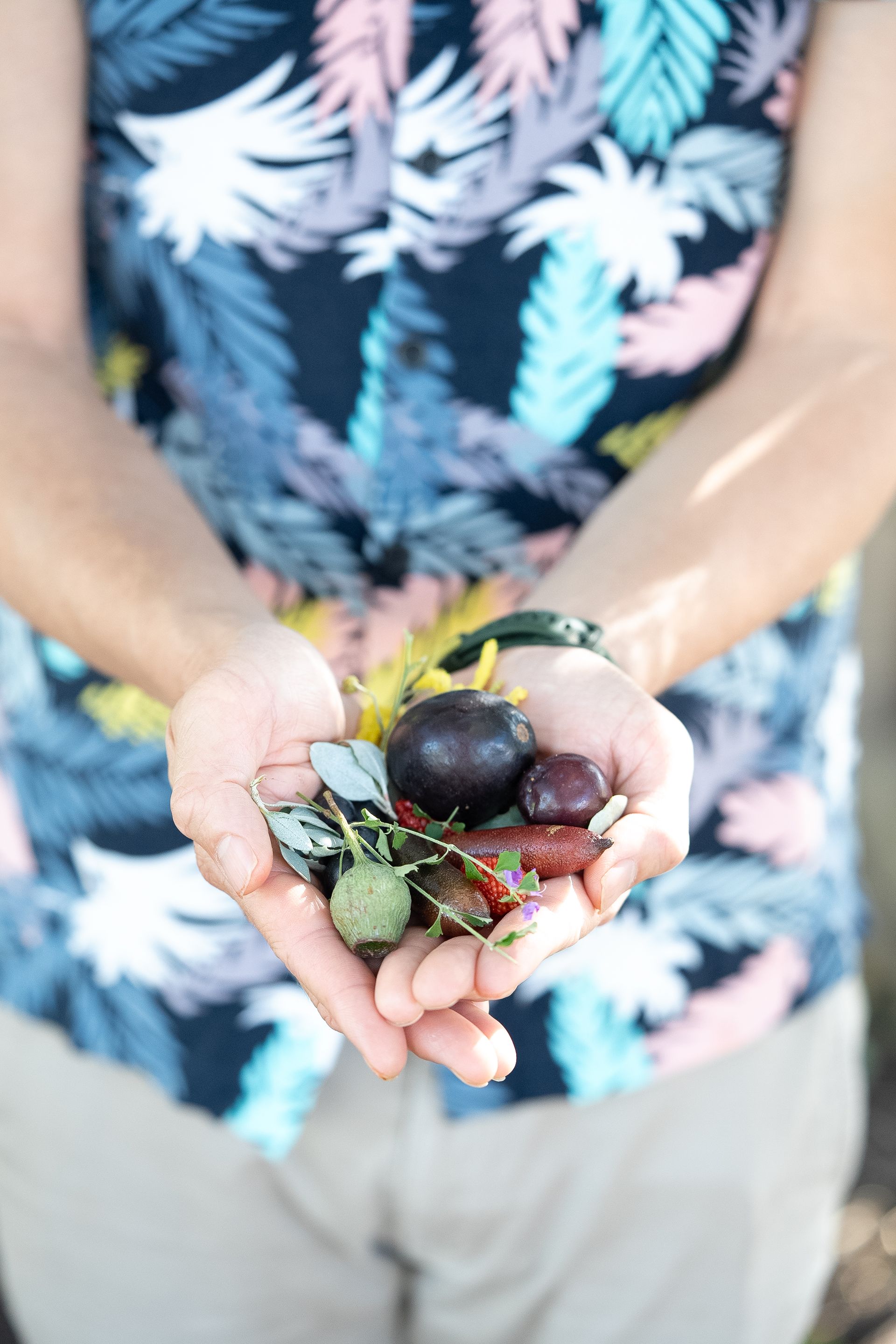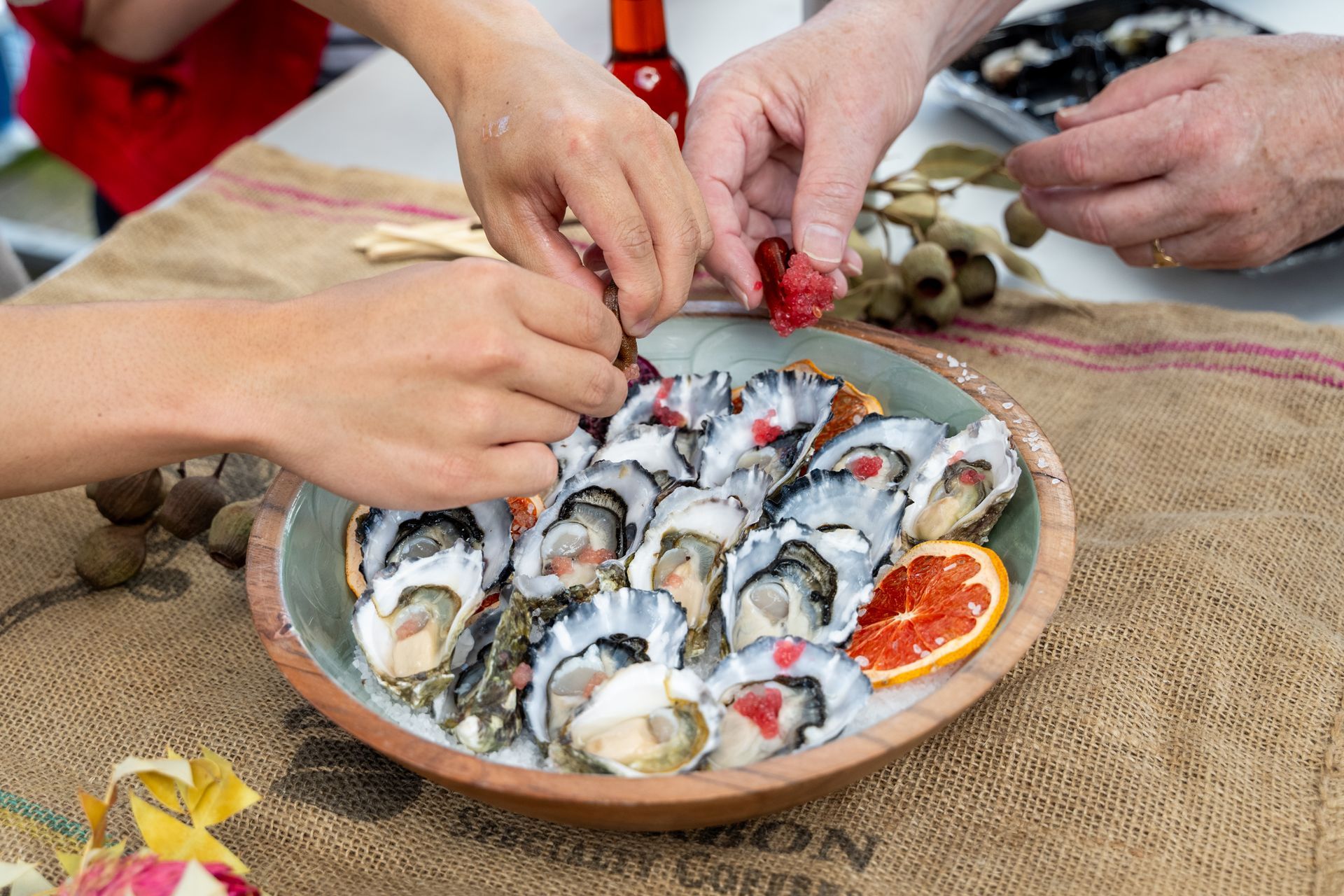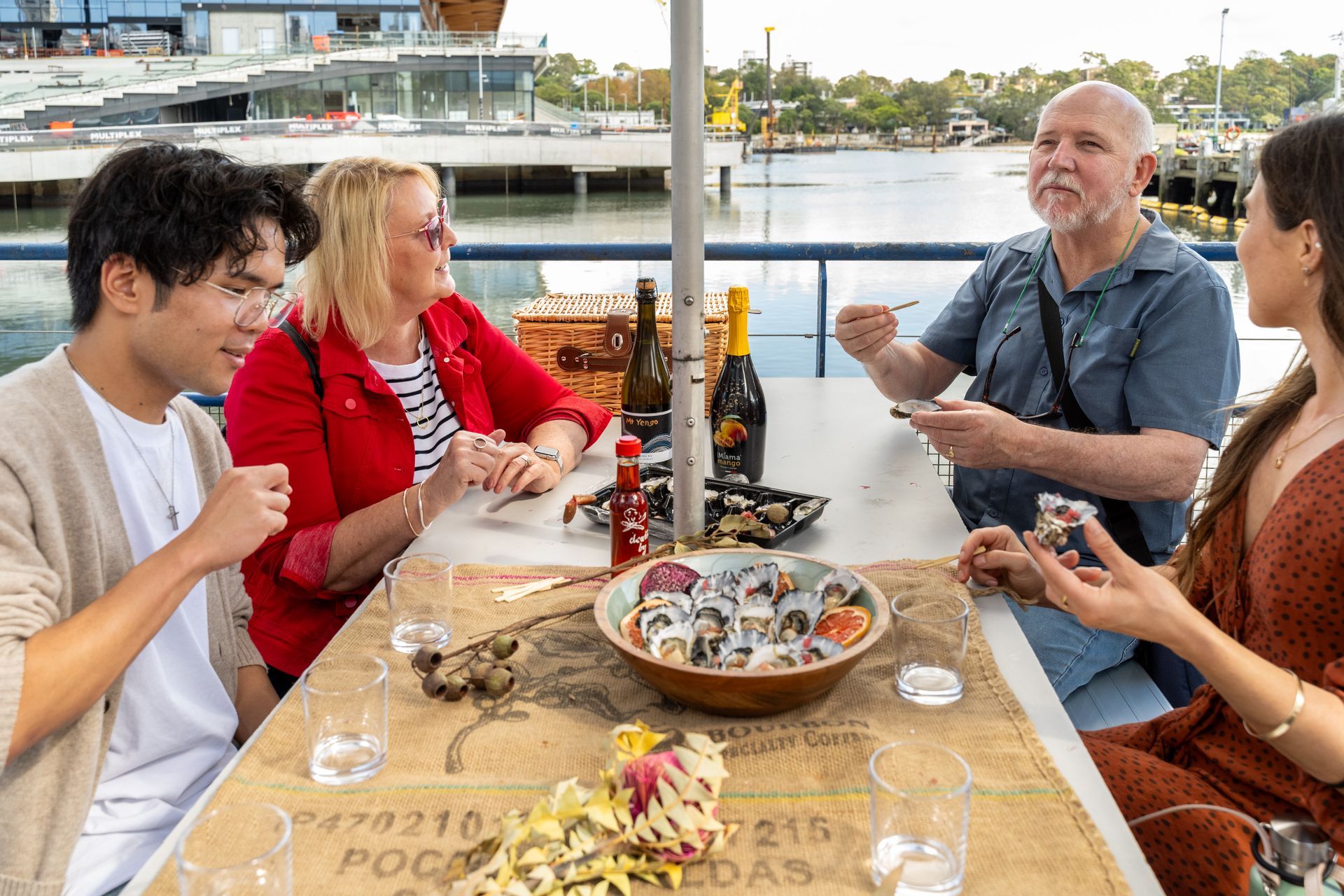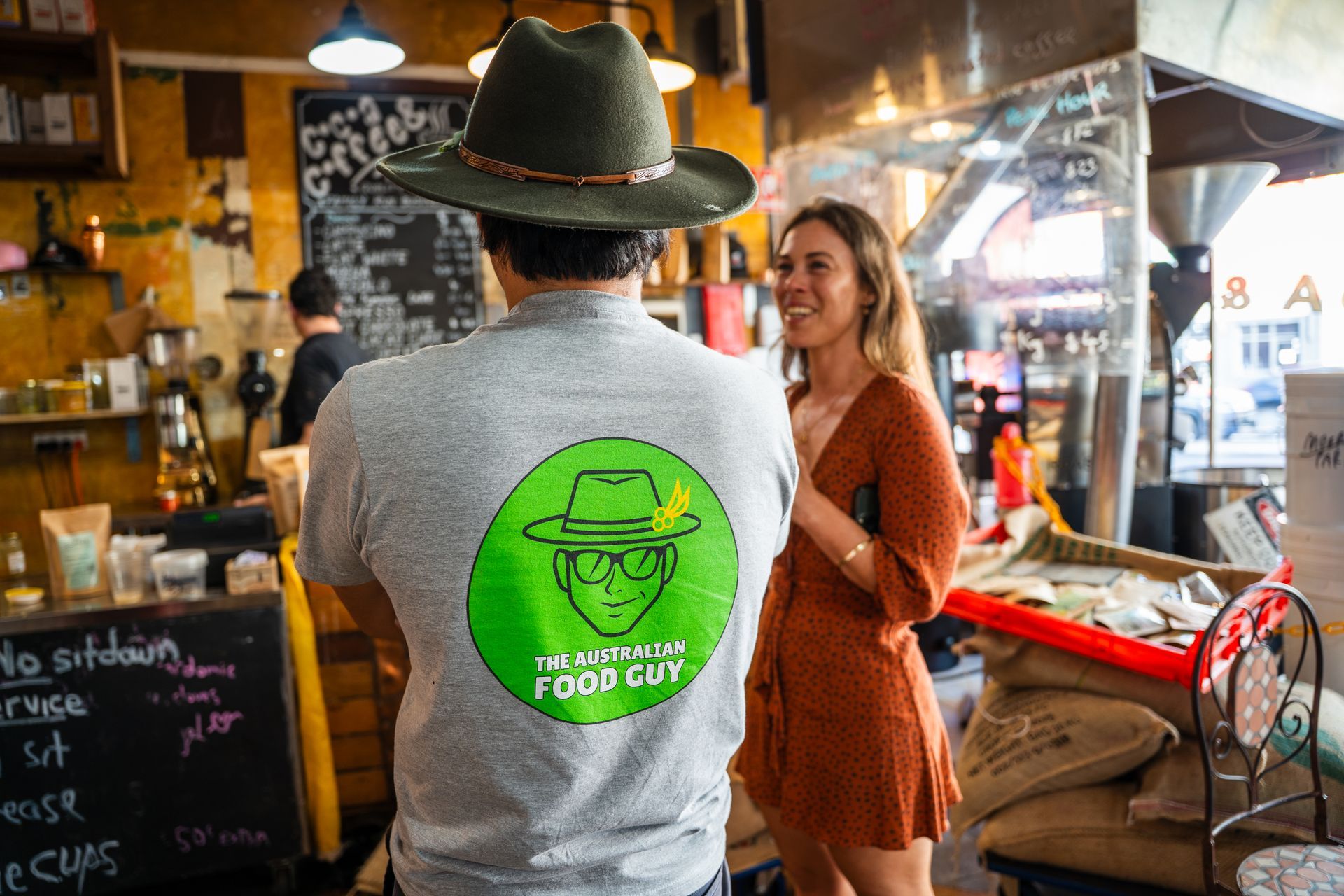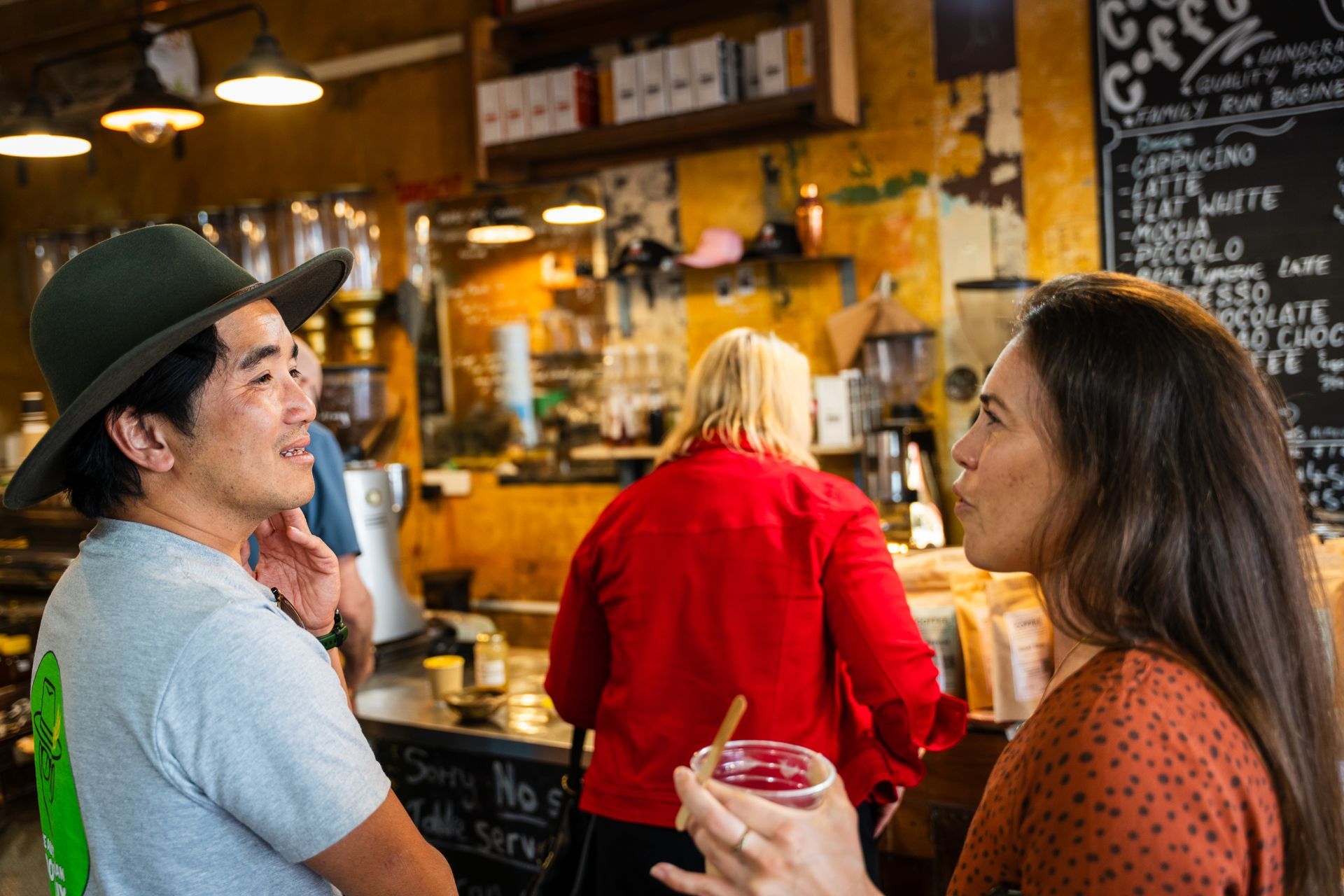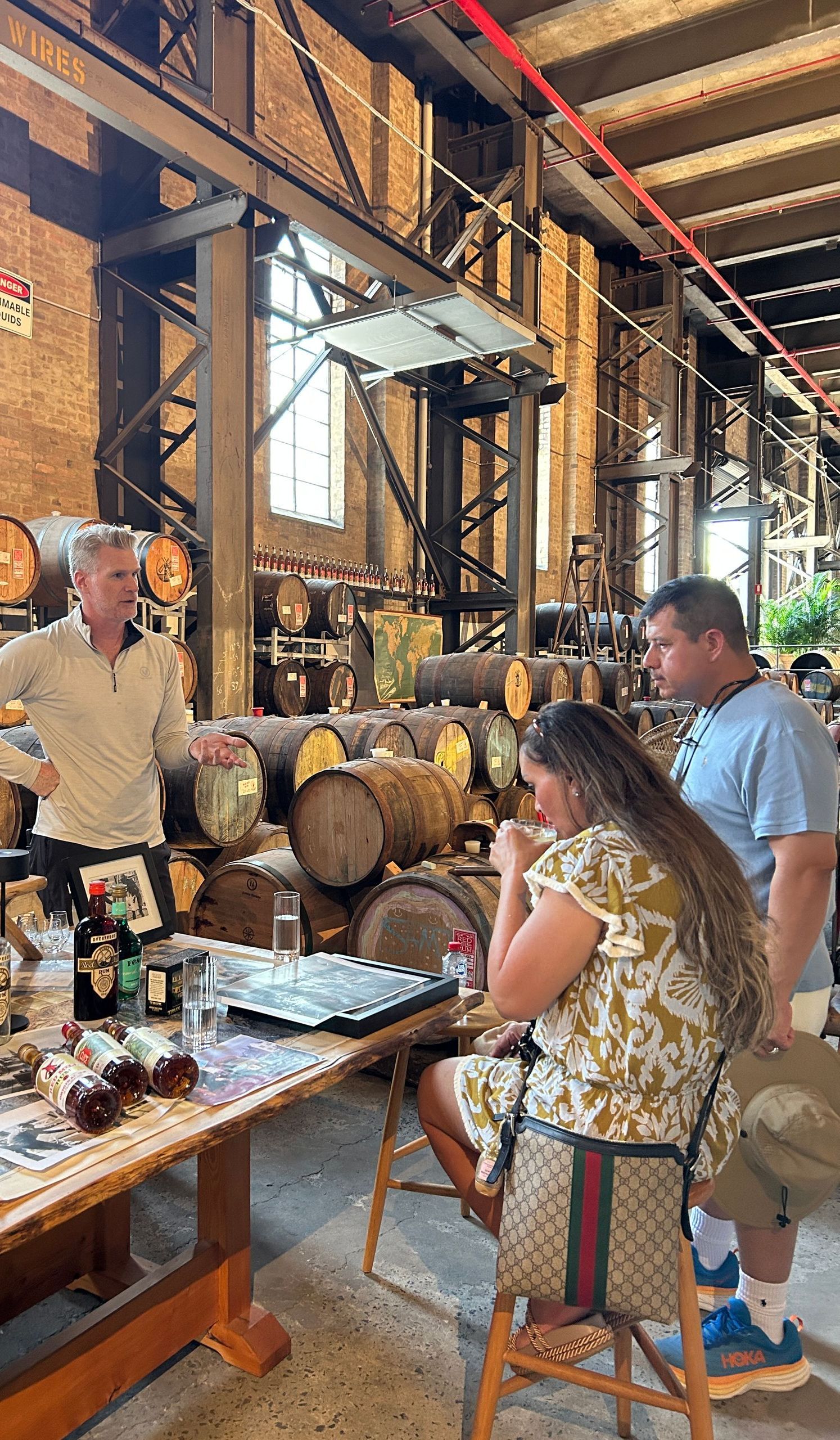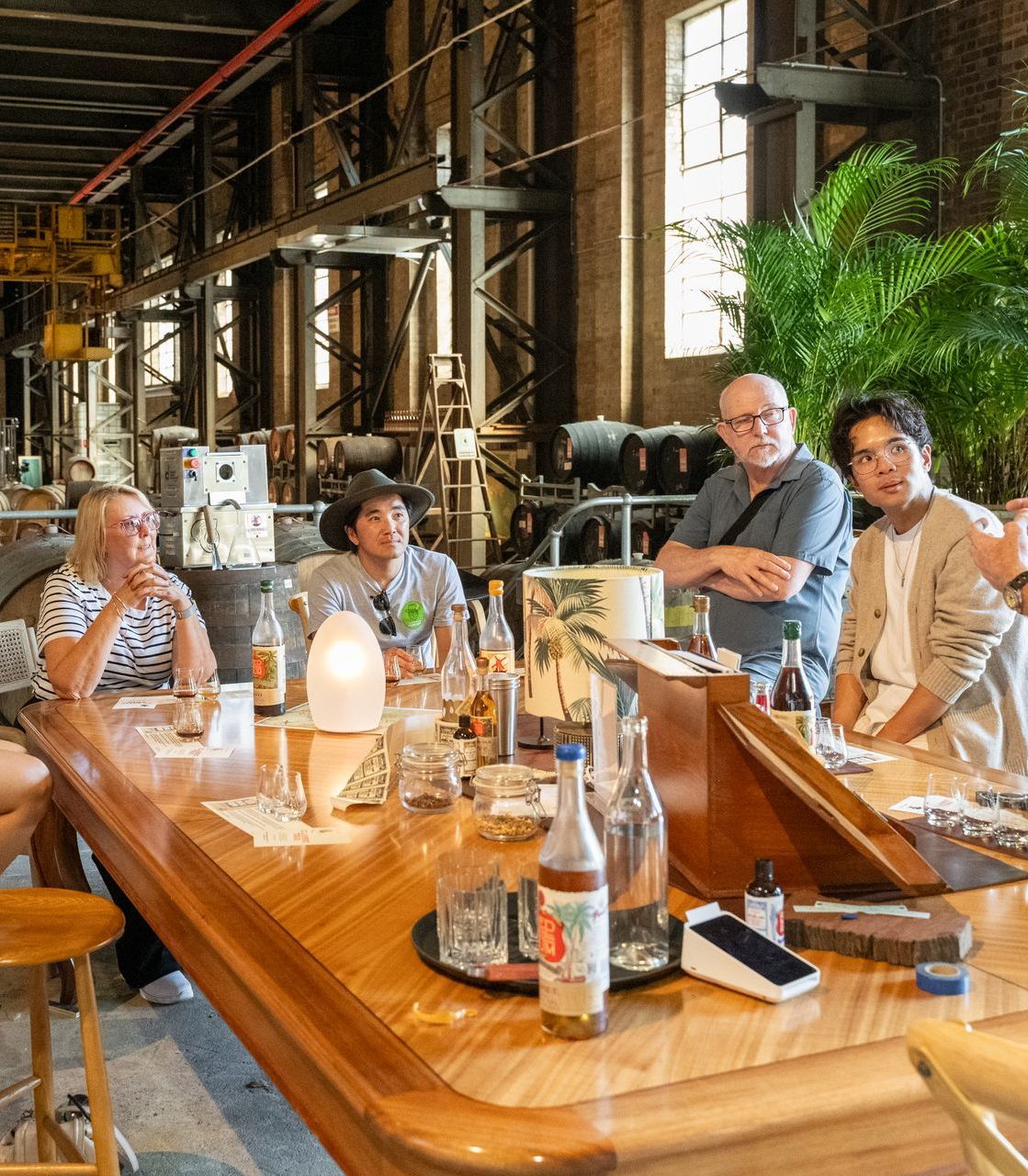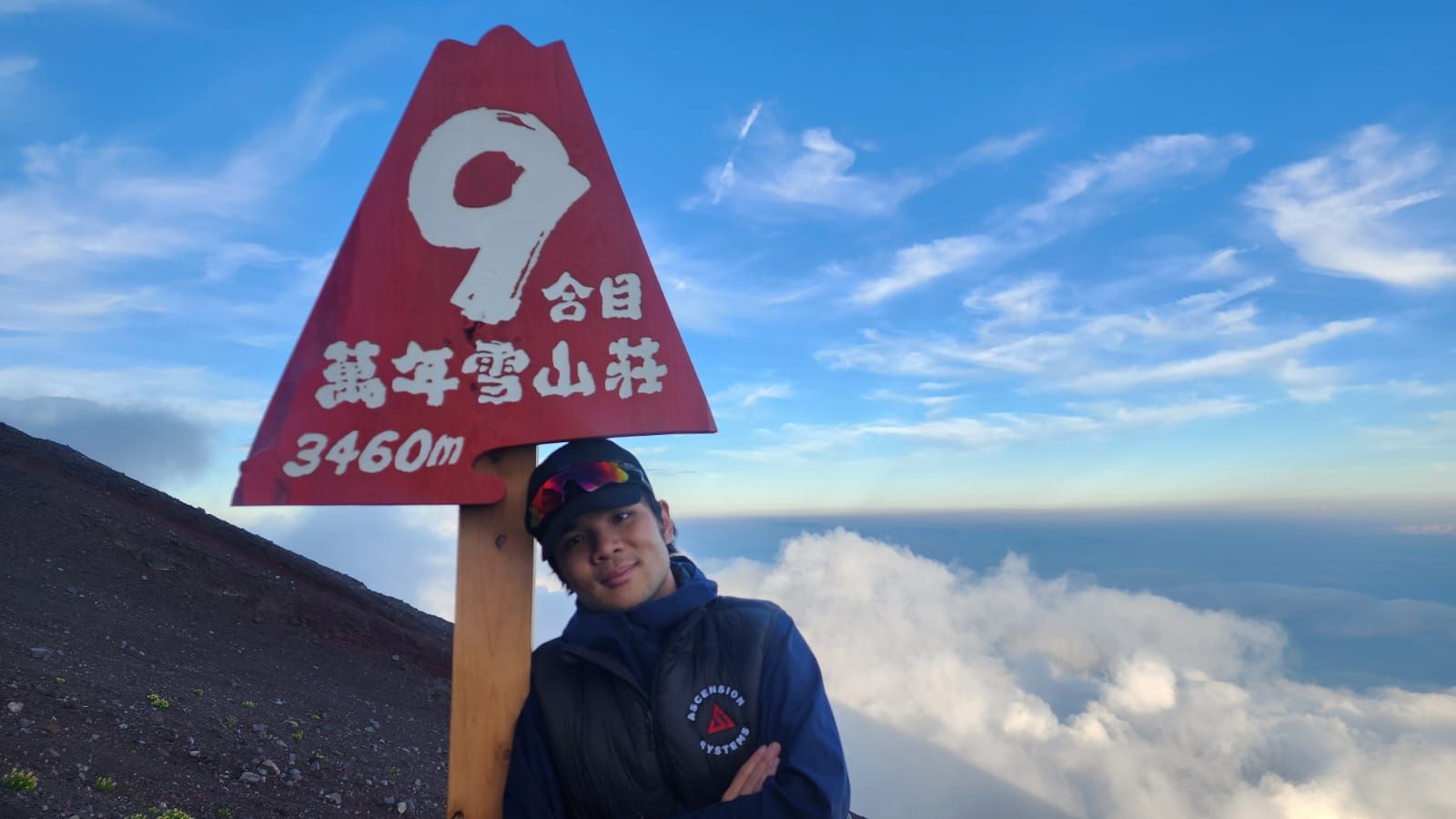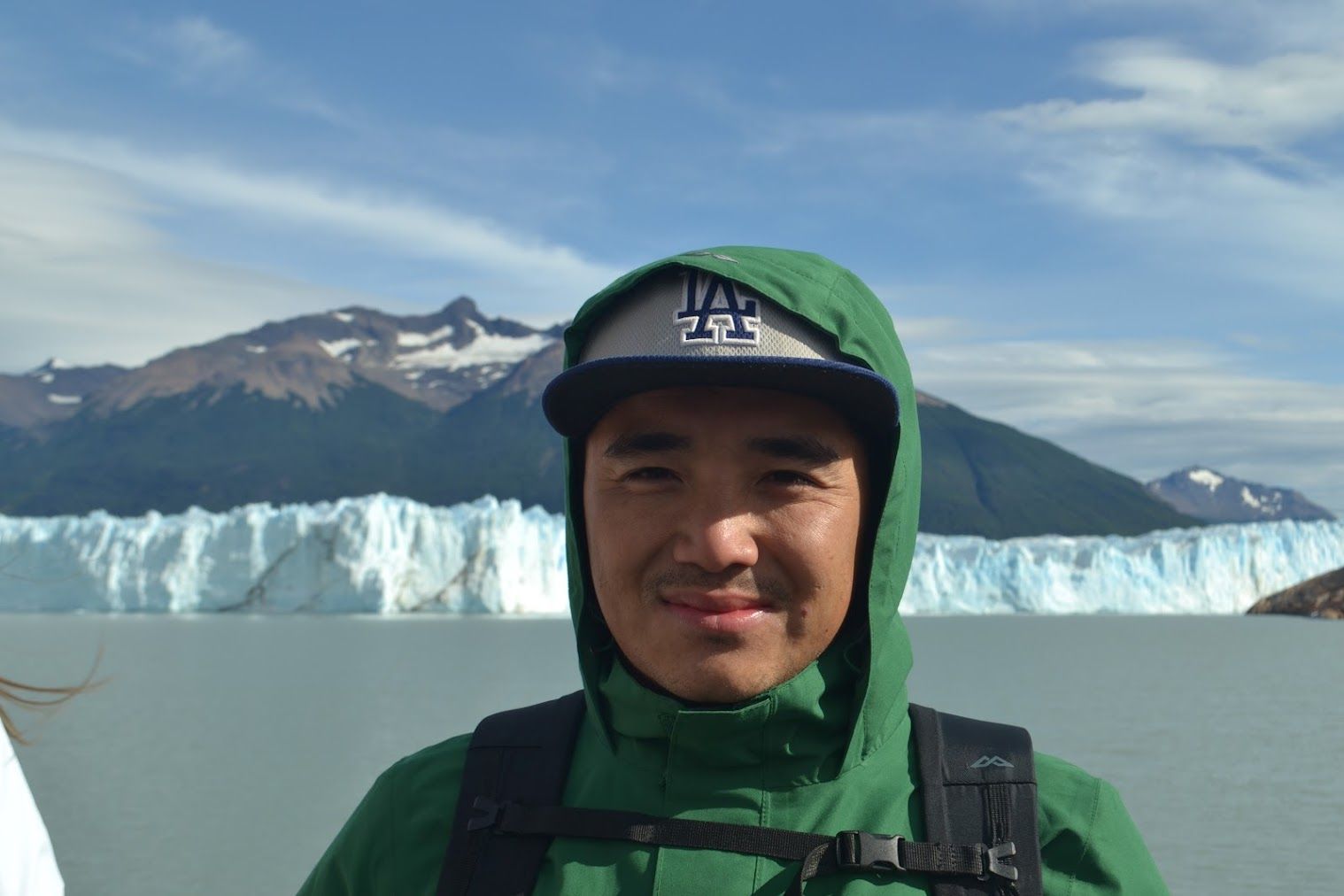Why Food Tours are the Best Thing To Do in Sydney on a Weekend
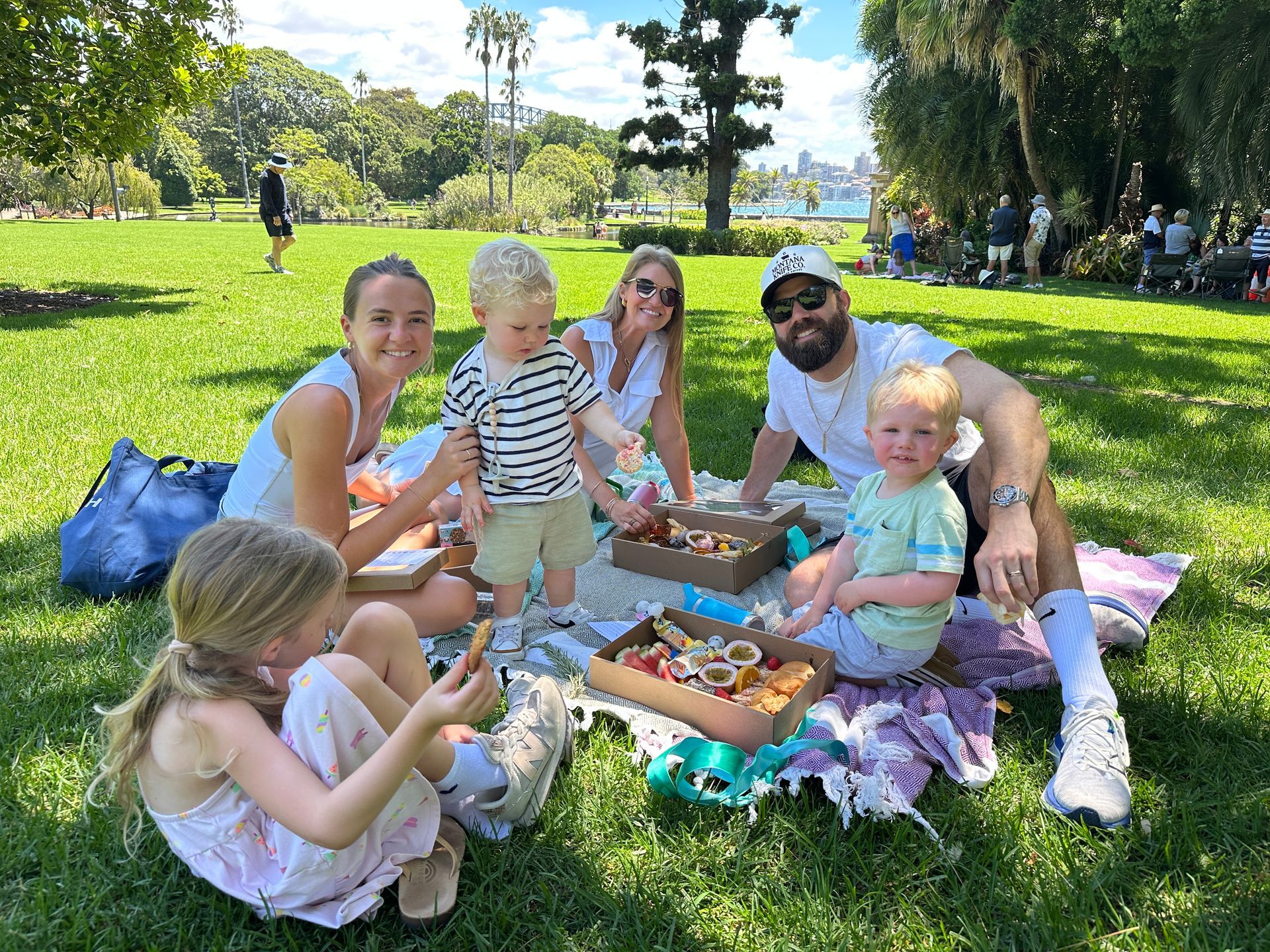
Weekends in Sydney are made for exploring—but let’s be honest, doing the same Bondi-to-Coogee walk or hitting up the same cafes gets old fast. If you're looking for something different, something real, and something delicious, there’s one experience that stands out: a local food tour.
From the smells of charcoal chicken in Lakemba to the sound of dumplings sizzling in Marrickville, food tours in Sydney turn your weekend into an edible adventure. Whether you're a local rediscovering your city or a traveller chasing unique things to do in Sydney, here's why these walking feasts are worth every bite.
Table of Contents
- It’s More Than Just Eating Out
- You’ll See a Different Side of Sydney
- It’s the Perfect Social Activity
- You Actually Learn Something New
- How to Book the Right Food Tour
It’s More Than Just Eating Out
Sure, you could book a brunch spot or try a new restaurant. But food tours offer more than a single meal—they take you on a journey. Over the course of a few hours, you’ll try a variety of dishes from different cultures and communities, learning how each plate fits into Sydney’s multicultural identity.
Instead of ordering a full meal at one place, you’ll taste a dozen small bites from multiple eateries:
- Handmade noodles pulled right in front of you
- Lebanese sweets filled with rose water and pistachio
- Crispy Vietnamese pork rolls, fresh from the oven
- Spiced Indian street snacks you can eat on the go
No reservations, no dress code, no pressure. Just flavour after flavour, block after block.
You’ll See a Different Side of Sydney
Let’s face it—Sydney’s best food isn’t always where the guidebooks send you. A Food Safari Sydney takes you out of the tourist bubble and into neighbourhoods where cultures collide and the food scene is always alive.
Forget overpriced pub burgers in the CBD. Go where locals eat.
- Lakemba for grilled skewers, falafel, and baklava
- Cabramatta for pho, bánh xèo, and sugarcane juice
- Petersham for charcoal chicken and Portuguese tarts
- Marrickville for Greek pastries and fresh bánh mì
Every suburb has its own rhythm, its own aromas, its own local legends. On a walking tour, you get to experience all of it up close.
It’s the Perfect Social Activity
Let’s be real—weekends are better when they’re shared. And food tours in Sydney make for an easy win whether you’re catching up with friends, planning a date, or flying solo.
You walk, you talk, you eat. The atmosphere is casual but full of energy. You’ll likely end up chatting with fellow food lovers or the people behind the counter serving your next bite.
Plus, unlike a crowded bar or noisy restaurant, you’re moving through different spaces—outdoors, indoors, laneways, markets. It’s dynamic and immersive, and there’s always something new around the corner.
You Actually Learn Something New
Every dish has a story, and the best food tours are packed with moments that surprise you. Maybe it’s the history of Vietnamese migration to Sydney’s southwest. Or how a family recipe travelled from Aleppo to a suburban bakery in Australia.
With walking tours Sydney led by locals, you gain more than just full stomachs:
- Learn the cultural significance of each dish
- Understand the evolution of Sydney’s food scene
- Discover how migration shapes what’s on your plate
- Meet the makers and hear their personal stories
It’s an education and an experience, all rolled into one.
How to Book the Right Food Tour
Not all food tours are created equal. You want one that’s authentic, well-curated, and led by someone who knows Sydney’s food culture from the inside out.
That’s where The Australian Food Guy comes in.
Led by a born-and-bred Sydneysider with deep ties to the local food scene, these tours are a genuine celebration of the city’s multicultural flavours. You won’t just taste great food—you’ll experience the people, stories, and streets behind it.
👉 Ready to turn your weekend into a food safari?
Book your spot now at
theaustralianfoodguy.com
About The Australian Food Guy
The Australian Food Guy offers expert-led
food tours, tastings, and hampers focused on real local stories and bold flavours. Whether you’re a Sydney local or visitor, our
Food Safari Sydney experiences bring you face-to-face with the city’s rich cultural mix—one bite at a time.
Visit
theaustralianfoodguy.com to learn more.
